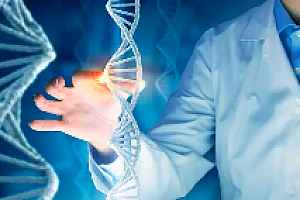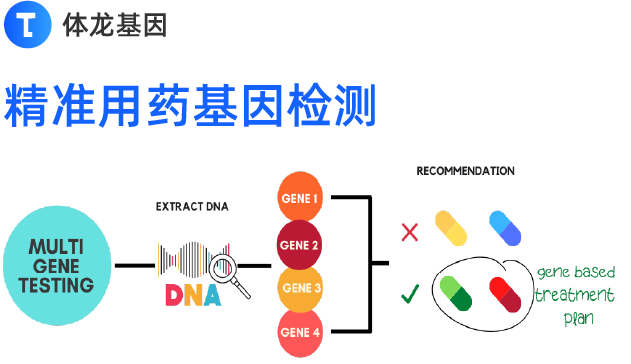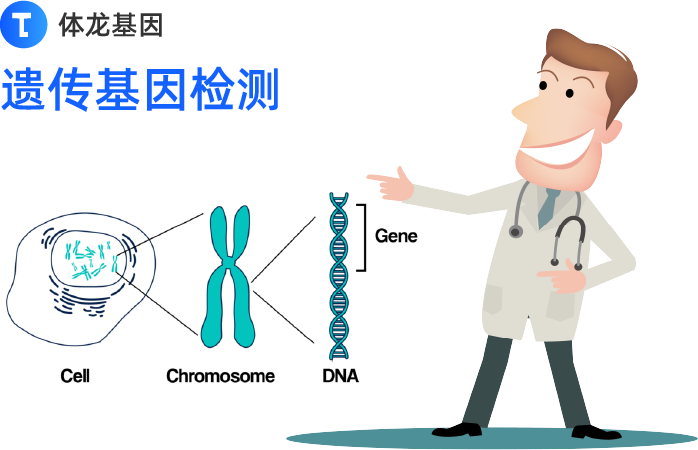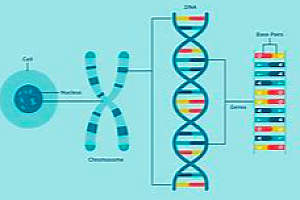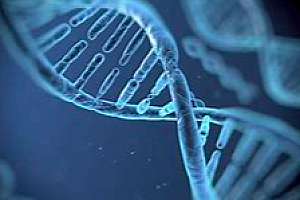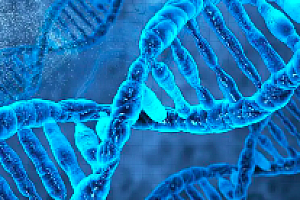图片摘自:Garo/Phanie/Science Photo Library
目前对成千上万个癌症基因组测序的全球数据库正在不断膨胀,有些科学家就认为,我们应当将目光转移到研究“青春期”时期肿瘤的DNA,即在肿瘤癌变之前对其进行深入研究。近日在华盛顿举办的美国癌症研究协会年度会议(AACR)上,研究人员就讨论了如何对癌变前期病变组织的基因组进行测序,而这些组织的异常生长有时就会进展成为成熟的癌症,相关研究结果就能够帮助研究人员确定合适的治疗方法,并且帮助开发一些新型疗法来阻断癌症发生恶性病变。
来自约翰霍普金斯大学的研究人员Elizabeth Jaffee表示,这项研究计划已经列入到了未来癌症研究计划清单几乎最顶端的位置上了,这也是我们开始对癌症研究领域进行完全研究的一项计划。当然这个想法还是下一个癌症“大科学”研究项目中的一个计划,同时该计划还能够借鉴癌症基因组图谱计划的研究策略。
但这种新型的癌前基因组图谱计划将会随着时间推移对癌症的进展进行研究,从理论上来讲其包含了相同肿瘤组织发展过程中的多个“快照”信息,研究人员也能够以此来确定什么样的改变会使得肿瘤越过临界点而恶性发展。
随着时间推移不断进行“快照”拍摄
目前很多个人实验室已经接受了这一概念,波士顿大学的胸肺科医生Avrum Spira一直通过对患者气管中癌前损伤的组织样本进行测序来研究肺癌的起源,他每隔6个月或12个月就会进行活组织样本的采集。肺癌似乎一直是序列时间方法的一个逻辑试验场,其也是全球引发癌症死亡的最常见的原因,研究人员往往很晚才能够检测出患者的肺癌,如今随着测序技术的进展,或许就为研究人员进行其它类型癌症研究提供了新的范式。
来自匹兹堡大学从事癌症预防的研究人员Thomas Kensler阐述了他们最近在甲状腺癌上研究的进展,研究者开发出了新型的遗传测试手段来区分哪些肿瘤需要采取疗法进行治疗,并不是每一块甲状腺肿块都会进展成为癌症。在AACR会议上,加利福尼亚大学的研究人员Rafael Bejar提出了扩展模型研究的想法,其中包括一些诸如白血病等的液体肿瘤;正常的血液是由很多干细胞衍生而来,而且遗传测序技术也能够将血细胞同其衍生血细胞的干细胞相匹配,因此如果一种血液检测手段能够揭示一个谱系的干细胞能够开始接管一个群体发挥功能时,这或许就是癌症的早期征兆,进行随后的监测或许也能够阐明疾病的进展情况。
如果进行联合协调的研究就能够明显增强单一计划的影响力和效果,去年9月份,研究人员提倡开启美国癌症月球探测计划,这一计划目的是在未来5年里使得癌症研究的进展加倍,其中就包括癌前基因组研究计划;如今这项计划已于3月底在美国国家癌症研究所的会议进行讨论,而且其还将会在6月份的一次会议上继续进行讨论。
提倡这项研究计划的研究人员表示,下一步研究团体所需要的就是能够得到一定的财力支持使得改计划从概念成功过渡到现实中去,当然这需要研究人员很大的研究热情,而且人们也要满怀信心大步往前走。(生物谷Bioon.com)
原始出处:
Hunt for cancer ‘tipping point’ heats up
Databases worldwide are rapidly swelling with the sequences of thousands of cancer genomes. Now, some scientists are advocating that researchers shift their focus back in time: to study the DNA of tumours in their adolescence, before they commit to being cancerous.
At the American Association for Cancer Research (AACR) annual meeting in Washington DC, researchers gathered on 2 April to discuss the growing call to sequence the genomes of pre-cancerous lesions — abnormal growths that sometimes progress into full-blown cancers. The results could help researchers to determine which tumours warrant treatment and could aid the development of therapies to block cancers on the path to malignancy.
It is a project that is now near the top of the cancer research wish list, says oncologist Elizabeth Jaffee of the Sidney Kimmel Comprehensive Cancer Center at Johns Hopkins University in Baltimore, Maryland. “This is something that has really taken off throughout the cancer community,” she says.
The idea could be one of the next ‘big science’ projects for cancer. The idea is to borrow some tactics — such as coordination among scientists and sequencing centres — from The Cancer Genome Atlas, one of the first and biggest cancer genome efforts, which characterized the genomes of 33 cancers using samples from more than 11,000 people.
But the new ‘Pre-Cancer’ Genome Atlas would also study cancers over time. It would ideally include multiple snapshots of the same tumour as it developed, in the hope that researchers will be able to determine what changes pushed it across a tipping point to become cancerous.
扫描上面二维码在移动端打开阅读



